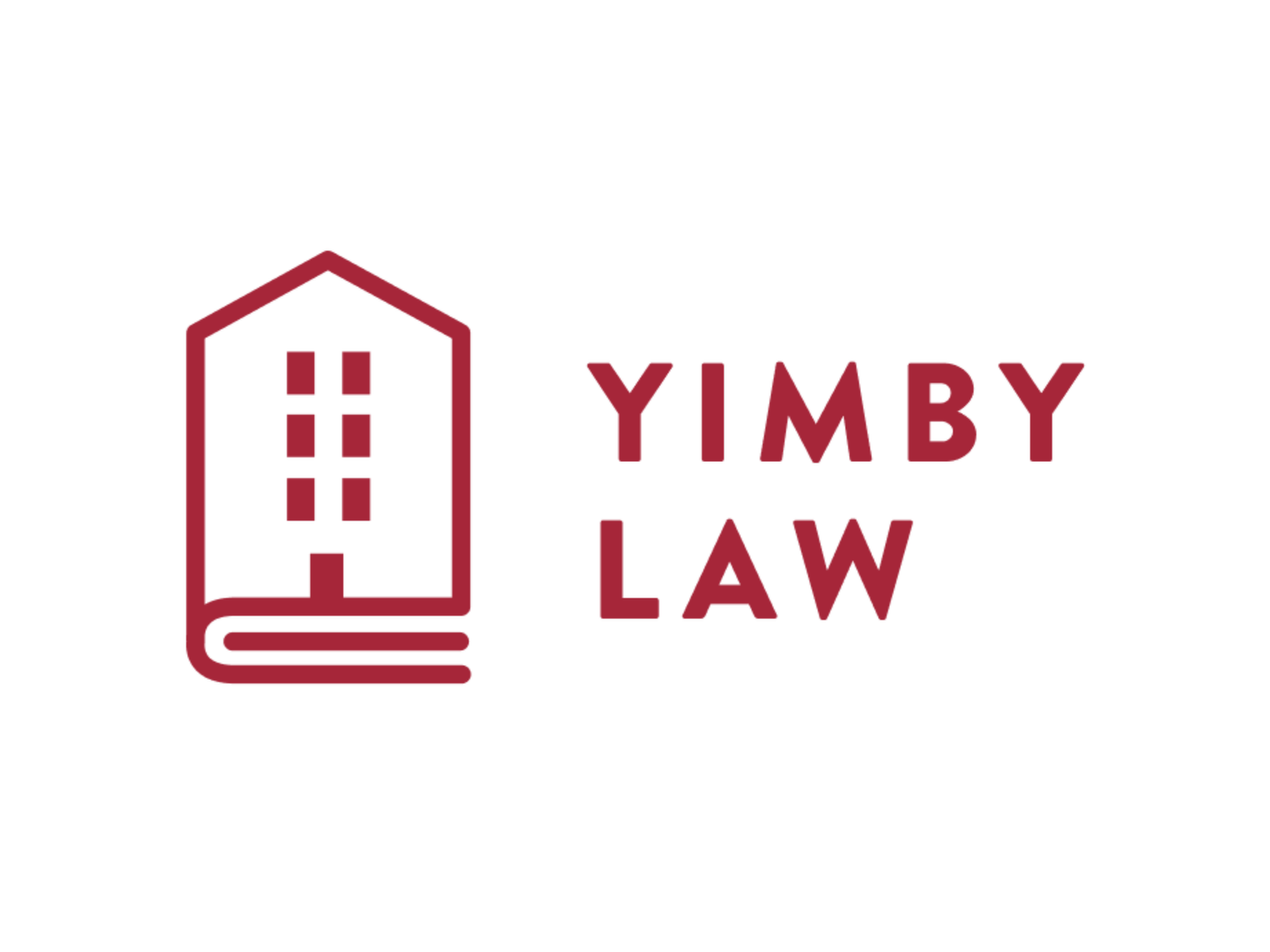Summarizing 2020's Most Prominent New Housing Bill: SB 330
/SB 330, one of this legislative session’s most prominent housing bills, took effect on January 1st, 2020. The bill represents an important effort to reform the legal processes around housing development in California and imposes a variety of new standards on permitting bodies. These changes can be broken down into four categories:
“No net loss” downzoning prohibitions,
Objective standard requirements,
Tenant Protecting Demolition Controls
Timeline streamlining.
No Net Loss and Anti-Downzoning
The first category of changes, the no net loss requirement and anti-downzoning provision, is the portion of the law that has gotten the most attention thus far. This section prohibits cities from reducing the intensity of residential use permitted for a given site or zone unless the city replaces the lost residential capacity elsewhere. Importantly, this applies to both zoning and general plan changes made by a city through the normal legislative process, and also to changes made through electoral initiatives. Moratoriums are expressly prohibited as are any annual numerical caps on residential units.
Objective Standard Requirements
The second category of changes involves the strengthening of existing state law requiring objective design standards for housing developments. Currently, the Housing Accountability Act requires that for general plan compliant housing projects, only violation of objective standards can be used as a valid grounds for denial.* SB 330 further enshrines this principle by explicitly prohibiting cities from enacting any new design standards that are not objective, or enforcing existing design standards that are not objective. Cities may continue to enforce objective design standards passed before January 1, 2020, but only for projects that require a general plan amendment.
Tenant Protecting Demolition Controls
The third major change made by SB 330 is the institution of limited demolition controls and replacement requirements for certain protected units. Protected units includes a variety of different scenarios: rent controlled units, units occupied by low income tenants, units with low-income rent levels, units where an Ellis Act eviction has taken place in the last 10 years, and units with BMR rents instituted as part of a deed restriction or covenant. Developers are required to replace all units fitting these descriptions as part of any development on a site with existing housing. The previous tenants are entitled to return to the replacement units at their old rent, and are entitled to relocation costs. You can read more about replacement requirements here and you can read more about how tenants can claim their right to return here.
Timeline Streamlining
The fourth category of changes made by the bill relate to permitting timelines and streamlining. There are two major provisions that are important in this regard.
The first requires that the effective date for application completeness for any given project is the day the application is submitted. Previously, planners had 30 days to consider an application before deeming it complete or incomplete. Now, planners still have 30 days to determine whether an application is complete, but the effective date of certification is the day the application was submitted rather than the day the determination was made. In other words, SB 330 makes the application completeness certification retroactive. This is important because once a project is deemed complete, it is subject only to design and zoning standards in place at that time. This protects projects from cities passing new restrictions designed to obstruct a specific proposed development. .
The other provision relating to streamlining is a requirement that no project will be subject to more than five public hearings. This provision only applies to general plan and zoning compliant projects. This will prevent cities from subjecting projects to endless hearings or continuances as a way of killing projects through attrition. There really is no reason a general plan compliant project should require more than five public hearings. Importantly, a continued hearing counts as a new hearing.The law also requires that affordable projects in particular must be approved or disapproved within 60 days of a certified EIR. This is slightly shorter than the current 90 days mandated for all projects in the Permit Streamlining Act.
All of the new rules in SB 330 will require cities to carefully examine their existing policies and identify ways in which their permitting processes no longer comply with state law. Enforcing SB 330 is going to be a group effort. We need YIMBY groups all over the state to make sure that their planning commissions and city councils aren’t enforcing subjective standards, downzoning, killing projects with too many continuances, or letting developers tear down existing housing without replacing it at the old rent.

